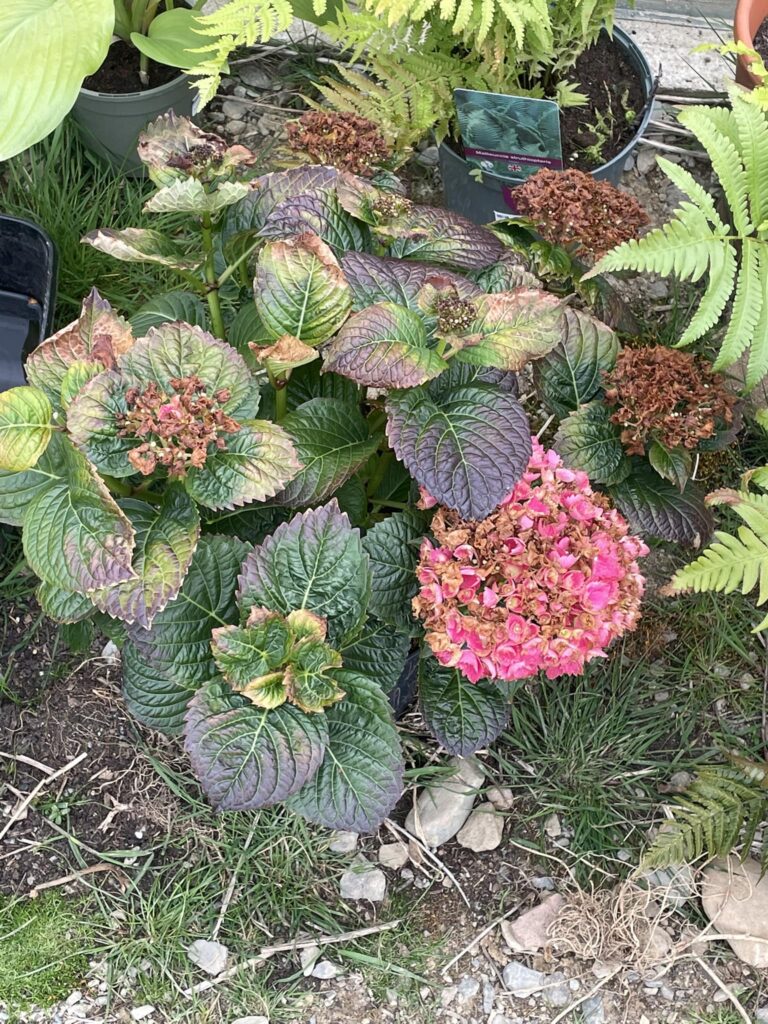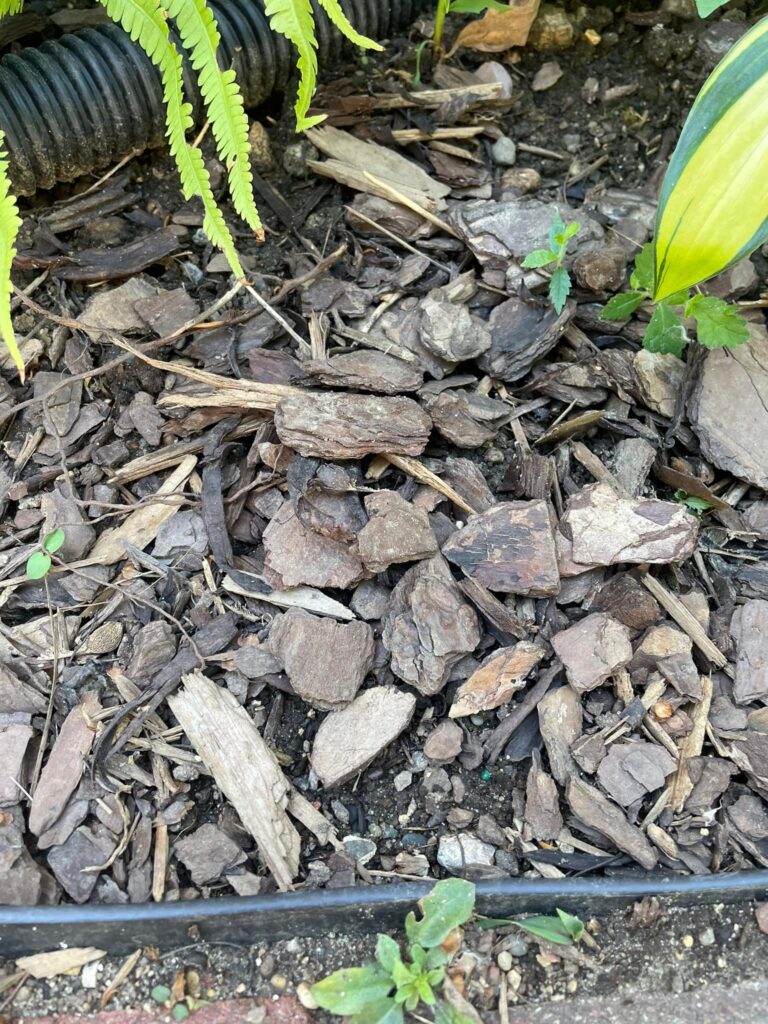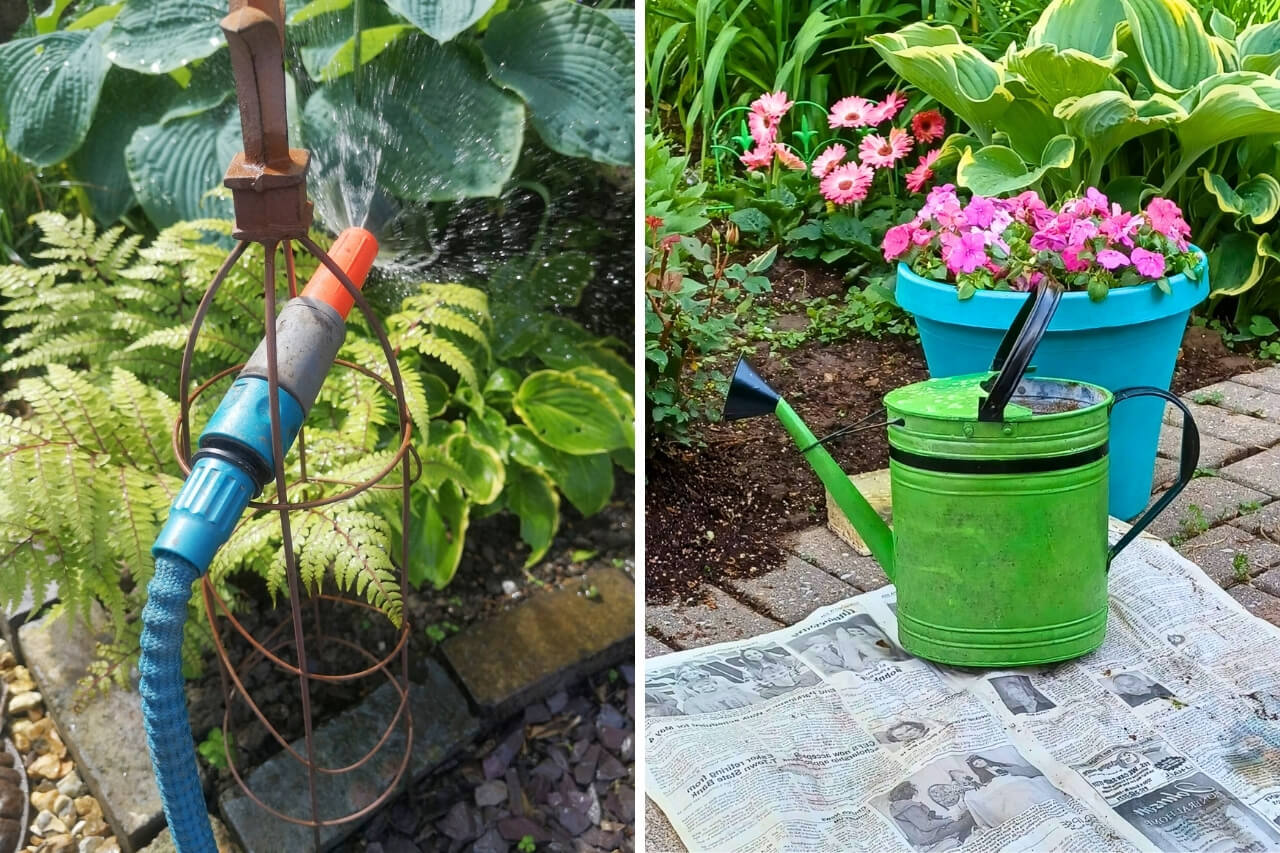It’s no secret that plants can’t survive without water. Yet, sometimes, no matter what you do, your garden still ends up looking sad and worn out. Eventually, you might just give up on having lush greenery and decide you’re not one of those people with a green thumb.
But what I’ve learned over the years of gardening, and from the wisdom passed down by my grandparents, is that there’s no such thing as a perfect gardener. We all make mistakes, so chances are that the problem isn’t you. It may be all about how (and when) you’re watering.
In this article, we’ll go through some of the most common watering mistakes you’re probably making and how to fix them so your garden can finally flourish.
Not Choosing the Right Time

When your garden is looking droopy during the day, you can’t help but think it needs water. This may be true, but timing is everything when it comes to watering your plants.
In general, watering plants when the weather is too hot can do more harm than good. The heat causes the water to evaporate quickly, so very little gets to the roots. Additionally, in some cases, droplets on the leaves can intensify the sun’s rays and cause damage.
Ideally, you should water your plants in the early mornings. This gives them time to soak up the moisture before the heat kicks in. Early evenings are also ok. However, make sure there’s enough time for your garden to dry off overnight.
Underwatering

Underwatering is another common mistake, especially if you’re nervous about overdoing it. For beginners, it can be tricky to know how much water is enough. You don’t want to drown your plants, but giving them too little can be just as harmful.
When plants don’t get the water they need, they’ll start to show it. You’ll notice wilted leaves, crumbly soil, and reduced productivity (in fruits or vegetables).
The best fix for this issue is to stop the guessing and start checking. You can easily do that by sticking your finger about an inch into the soil. If it feels dry at that depth, it’s a good sign your plants need water.
PRO TIP: In general, you should water your plants until you can feel the moisture about three inches deep. Once you get the hang of it, your garden will be back on track quickly.
Overwatering
Believe it or not, excessive watering can be just as damaging as underwatering. It deprives the roots of oxygen, which can lead to root rot. That’s what makes the whole thing confusing to many planting rookies.
An overwatered garden usually shows signs of yellowing leaves and soil that never seems to dry out. Moreover, a plant that gets too much water can wilt, just like an underwatered one.
As a result, you might think the issue is the lack of water and start watering more, which just worsens things.
Remember that the key here is balance. So, do the finger test and make sure the soil gets to dry out a bit between waterings.
Watering the Leaves

You might think you’re doing your plants a favor by giving them a little shower while watering. In fact, it’s the complete opposite. Watering the leaves instead of the soil isn’t actually helping much and can cause a lot of problems.
The reason is quite simple: wet leaves can become a breeding ground for mildew, fungus, and diseases. This can be especially problematic if they don’t get the time to dry off quickly.
Always aim for the base of the plants when you’re watering them. You want the moisture to get straight to the roots where it’s truly needed. Doing so promotes a healthy root system and ensures fine foliage growth.
One of the few times you should wet the leaves is when you’re applying a fungicide, but you can find more details in the guide on how to properly spray fungicide on plants.
Skipping the Mulch

For some, mulching the garden seems like an optional extra, and I have to tell the truth, I thought so too until a few years ago. However, I’ve learned that skipping this addition can seriously affect the efficiency of the watering routine. You see, mulch works as a shield, covering the soil and locking in moisture.
Without mulch, water evaporates much faster, especially on hot or windy days. That means more frequent watering and less moisture reaching your plants’ roots. Over time, it can lead to stressed, undernourished plants.
All varieties of mulch can work greatly for your garden. So, you really don’t need one of those expensive and fancy brands. You can work with what you have, whether it’s bark, straw, shredded leaves, or garden compost.

